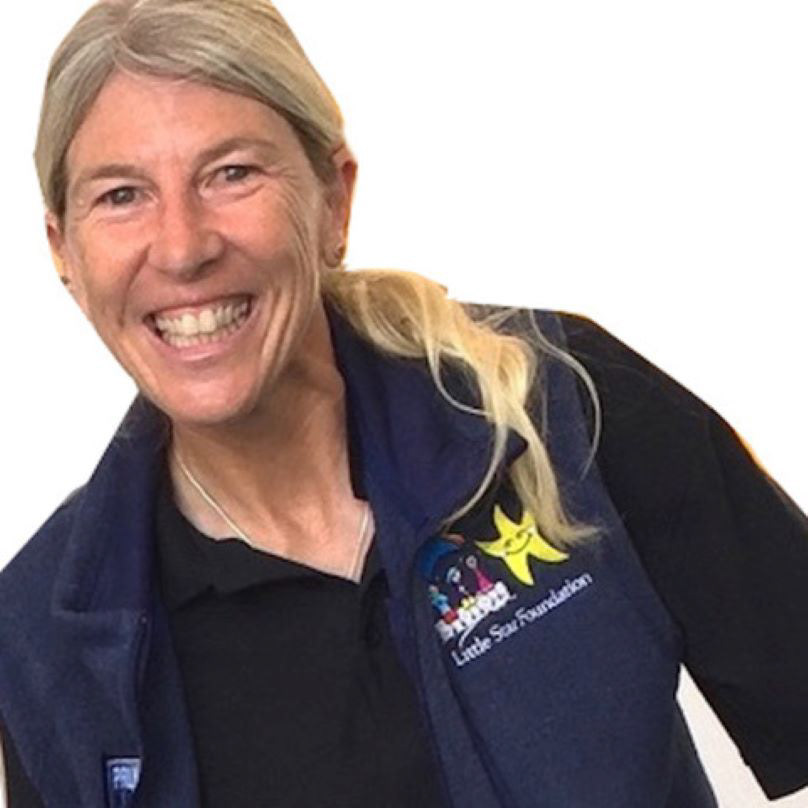Where are they now? Andrea Jaeger

Meeting the ex-professionals who disappeared back into the real world
In 1980, Jaeger, aged 15 became the youngest Wimbledon quarter-finalist - but her huge potential was never realised. During her brief career she reached two grand-slam finals, losing both to Martina Navratilova, including a 6-0 6-3 loss at Wimbledon. In 1985 a shoulder injury forced her out of the game.
In retirement, Jaeger, from Chicago, sued the millions of dollars she made in prize money and endorsements to create the Little Star Foundation, helping children suffering from disease, neglect and poverty.
Today, she is Sister Andrea, an Anglican Dominican nun. Last year she helped found Athletes for Hope, a charity dedicated to encouraging ex-athletes to contribute to charitable causes.
When did you know this was how you wanted to spend your life?
Well, my charitable foundation was up and running in 1990 - but the first time I went into a hospital and met young people with cancer was when I was 16. That's when I knew that helping people like them was what I wanted to do.
But in the early days there was some hostility from the tour?
It just wasn't the done thing - tennis players weren't doing work like that, and so they were taken aback. I remember playing at Madison Square Garden, and there had been some suicides at a nearby school. They were worried about cluster suicide and the kids were about the same age as me, so I gave the school a call and went in to speak to the student council, teachers and parents. I arranged it all myself, and I wasn't playing that day so didn't think it would be a problem. I used to do lots of stuff wherever the tour happened to be, and I wouldn't tell anyone about it. But it just happened that one of the parents was a photographer for the New York Times and it got on the front page of the sport section. I was called into the office and they threw the paper at me and told me it was making the tour look bad and I had to stop doing all my charity efforts. I left the room and asked God for guidance.
So religion was always important to you?
I never really shared it, but even as a child I prayed - and I hadn't even read the Bible! My friendship with God has always been the strongest thing in my life, so when I was given the choice between tennis and the kids, I knew I didn't want to be on the circuit. But it was hard: I had responsibilities, I had contracts - I didn't want to disappoint people. I wanted God to make the decision for me. So when my shoulder popped the next year, and it felt like Jaws had bitten off a chunk of it, I knew it was career-ending. I thought: 'Great, I can go help kids full-time.' I was given a direction and I've been helping kids ever since.
Was becoming a nun part of the plan?
Becoming a Sister was more of a process. I've been studying spiritual things for more than 20 years. I just thought: 'I've given my life in service to God, so why not take this extra step?' I've always had a relationship with God and I think that really benefited me. The only way I survived the circuit was my faith. It was lonely. I didn't really want to be world number one, but who do you have that conversation with when you're young and number two in the world? It's not something people want to hear.
What's the idea behind Athletes for Hope?
A player I grew up with on the circuit once said to me: 'I heard you gave all your money to help kids with cancer.' I was excited because I thought she was going to donate, but then she said: 'That's stupid, the kids are gonna die anyway and you're gonna end up broke.' It's important that athletes realise they do have a responsibility, They're role models, whether they want to be or not, and they can be real big supporters for their community.

